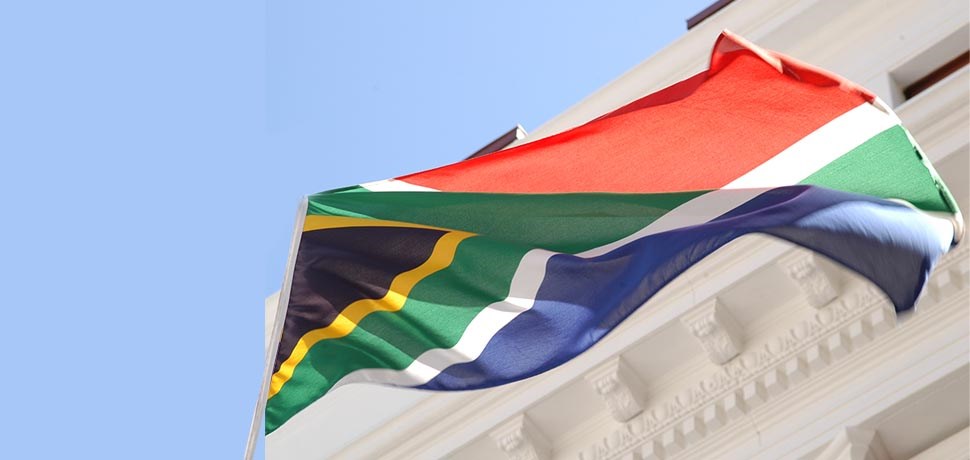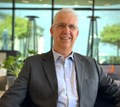The President’s address to the nation kicks off the next session of Parliament, it is essentially about telling us where we are as a country, where we want to be and how and when we’re going to get there. It’s a speech often eagerly anticipated as we look to resolve the deep problems that our country faces. Too often though, it’s turned out to be the equivalent of a corporate breakaway – lots of excitement, rhetoric, enthusiasm and rah rah while attendees are hyped up but with very little follow through when everyone’s back at the office and it’s time to deliver on the strategy. Seven SONA’s in and President Ramaphosa has become accustomed to the heckling from the bench, but SONA-watchers have become accustomed to barely positive economic growth, deeply entrenched levels of poverty, unemployment and crime and a broad failure of state-managed infrastructure (road, rail, ports, electricity, water, sewerage). Hopes are always high for the SONA but expectations for real progress are low given the history of non-delivery and the chaotic state of government at all levels.
Looking past the pageantry and the circus that the SONA has become, there was a dire need for the president to look past theoretical long-term growth plans and lofty ambitions and focus this SONA on the here and now. The President has always understood the state of the nation but even when the issues have been well-articulated and proposed solutions placed on the table, the words have ended up being just that, words. In SONA 2023, the President was laser-focused on the big issue, the electricity crisis. When reeling off the plans to garner millions of kilowatt hours from here, there and everywhere to end the load-shedding, it all sounded quite reasonable and believable. A state of disaster, stronger electricity policing and a minister of electricity bring more focus and attention to solving the problem but one can only question why it’s been left to the point where the loadshedding indicator is banging on six all too often.
The President was right to see that without fixing the electricity problem, any other growth ambitions would come to nought. Mining and manufacturing statistics highlight the problem of having no electricity. The South African Reserve Bank pointed to load-shedding costing the economy two percentage points in growth this year and the central bank recently reduced its GDP forecasts to 0.3% for this year and to 0.7% next year. The governor estimated that the economy flatlined in the fourth quarter of last year as a result of load-shedding. Without electricity there is no growth. Without growth there is no hope of addressing unemployment, poverty, crime and all the infrastructure issues. Without growth and production, the current account returns to a deep deficit, tax revenues fall, the budget deficit widens further, debt levels continue rising above already excess levels and government’s social welfare capacity shrinks. There is no option but to get the lights burning bright. We await the National Budget announcements on solar assistance next week that are designed to help the nation claw its way back into the light. Battle-scarred South Africans would probably have suppressed the flutters of optimism from the SONA speech and any suggestion that after years of inaction, this time is different.






